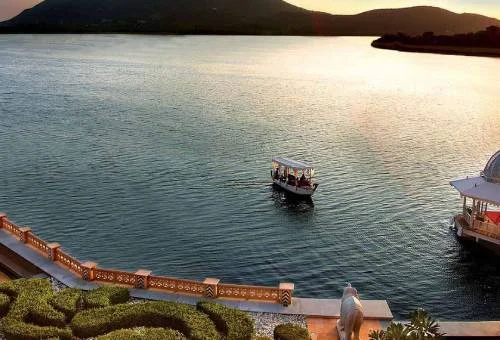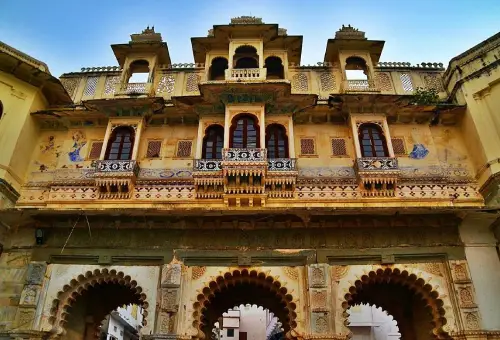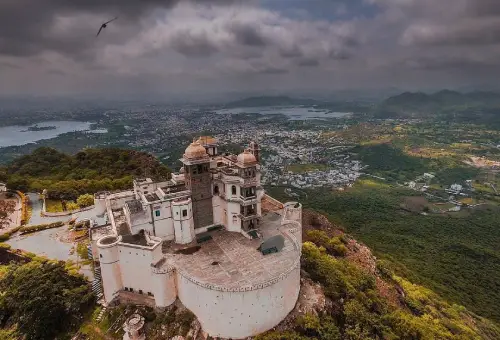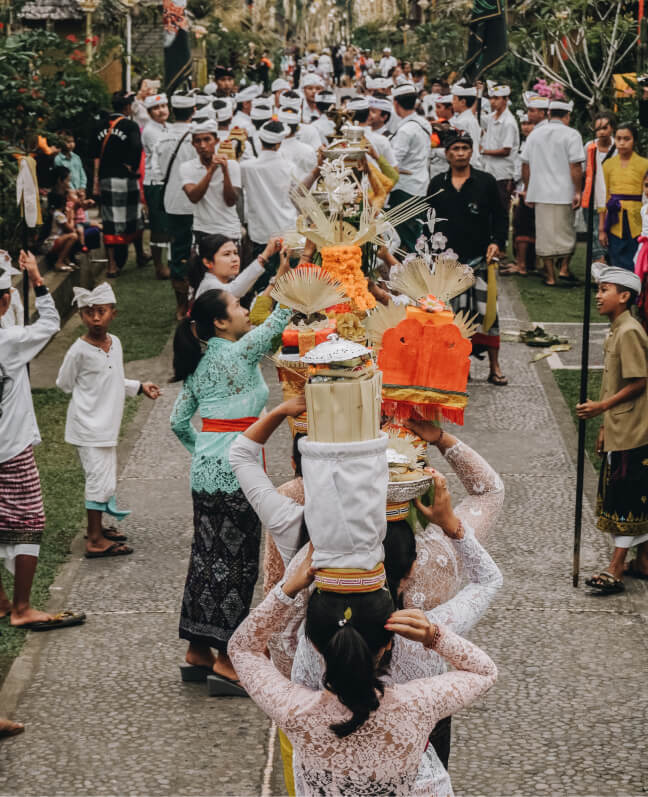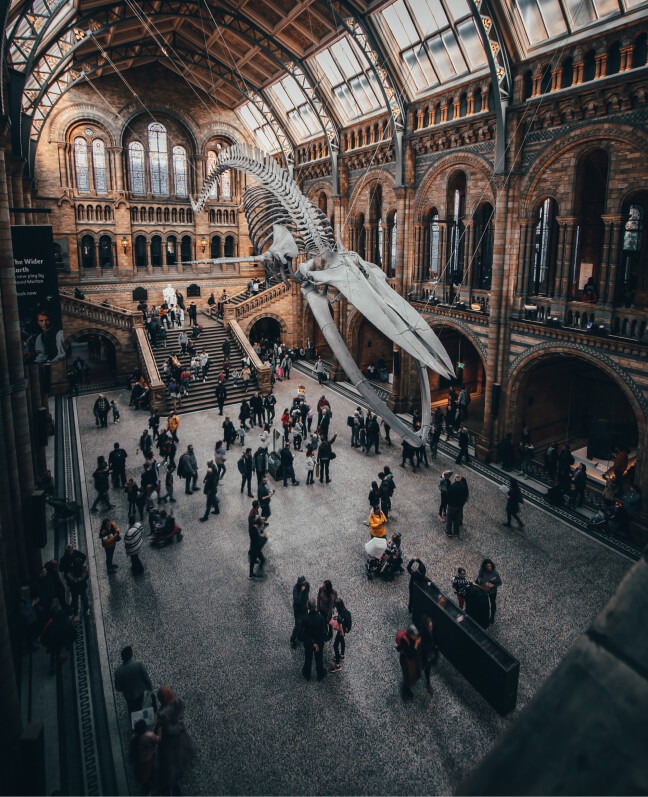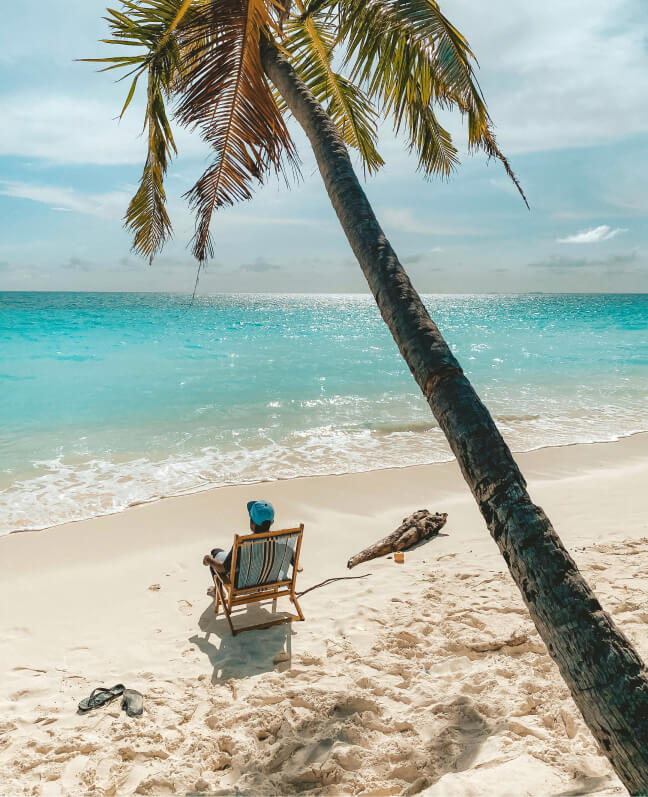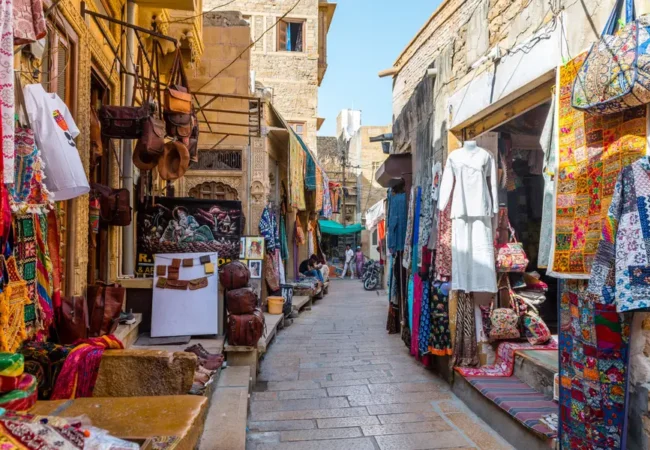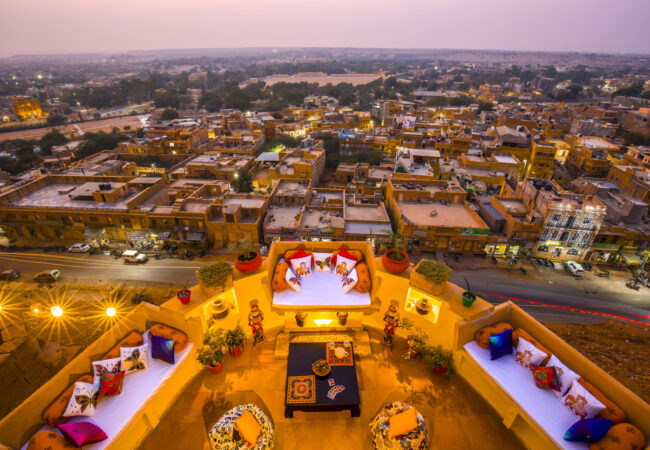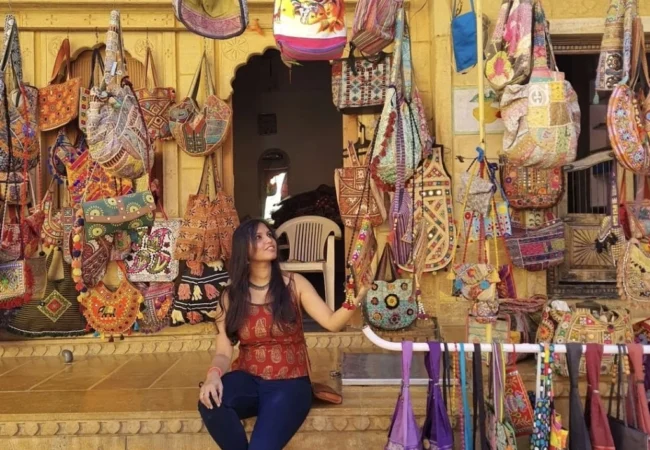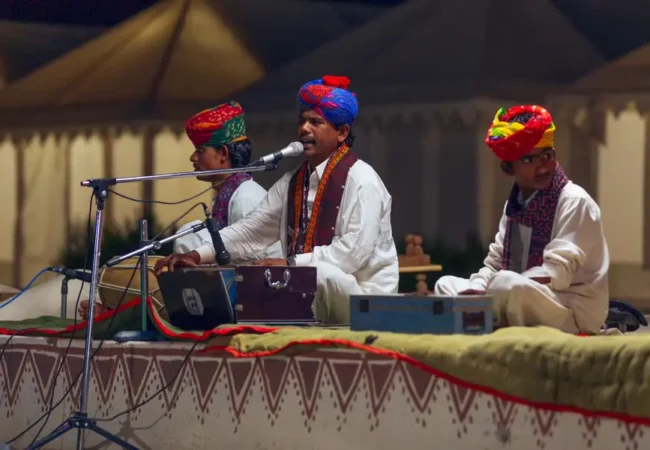Welcome To Jaipur
Embark on a captivating journey through the Pink City of Jaipur, where vibrant culture, rich history, and architectural wonders await at every turn. From the majestic forts and palaces to the bustling bazaars and tranquil gardens, Jaipur offers a tapestry of experiences that will enchant and inspire travelers from around the world.
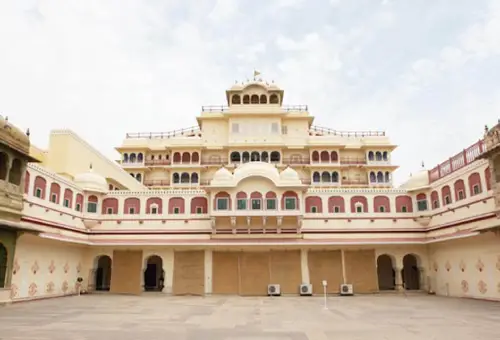
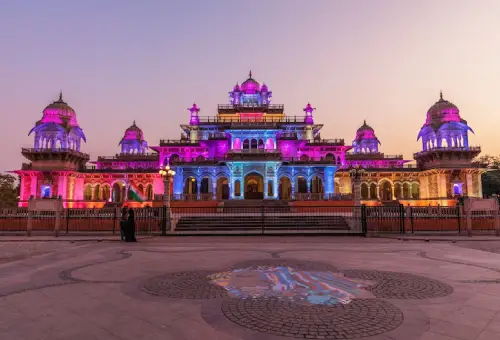
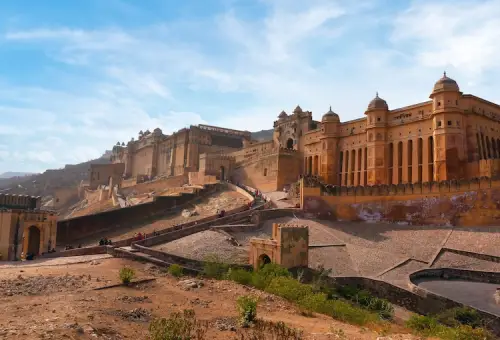


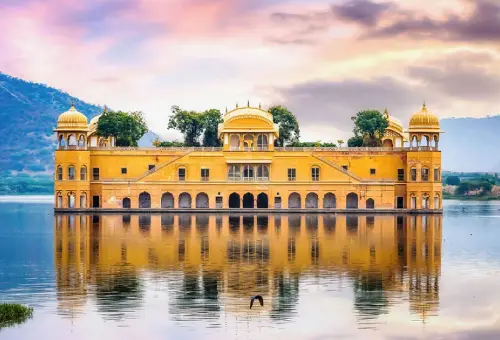
Pink City
Magnificent Forts and Palaces:
- Amber Fort (Amer Fort): Located just outside the main city, Amber Fort is a stunning example of Rajput architecture, known for its artistic Hindu elements. You can ascend to the fort on an elephant’s back or by jeep. Don’t miss the Sheesh Mahal (Mirror Palace) and the Diwan-i-Aam (Hall of Public Audience).
- Hawa Mahal (Palace of Winds): This iconic five-story facade with its intricate latticed windows was built in 1799 to allow royal women to observe street festivities while remaining unseen. It’s a marvel of Rajput architecture and a must-see landmark.
- City Palace: Situated in the heart of the old city, the City Palace is a complex of courtyards, gardens, and buildings, some of which are still home to the royal family. The Chandra Mahal and Mubarak Mahal are particularly noteworthy. The City Palace Museum houses a fascinating collection of royal costumes, weapons, and miniature paintings.
- Jal Mahal (Water Palace): This picturesque palace appears to float serenely in the middle of Man Sagar Lake. While you can’t go inside, the view of the palace from the lakeside is stunning, especially during sunrise and sunset.
- Nahargarh Fort: Perched on the Aravalli hills overlooking Jaipur, Nahargarh Fort offers panoramic views of the city. It was built in 1734 and houses the Madhavendra Bhawan, a series of apartments for the royal women. It’s a popular spot for sunset views.
- Jaigarh Fort: Situated on the “Hill of Eagles” overlooking Amber Fort, Jaigarh Fort was a military stronghold and houses the Jaivana, one of the world’s largest wheeled cannons. It offers excellent views of Amber Fort and the surrounding landscape.
Other Key Attractions:
- Jantar Mantar: This UNESCO World Heritage site is an astronomical observatory built by Maharaja Sawai Jai Singh II. It features a collection 1 of nineteen architectural astronomical instruments, 2 some of which are remarkably accurate even today.
- Albert Hall Museum: The oldest museum in Rajasthan, Albert Hall showcases a diverse collection of artifacts, including paintings, sculptures, textiles, and decorative arts. Its Indo-Saracenic architecture is also noteworthy.
- Govind Dev Ji Temple: A significant Hindu temple dedicated to Lord Krishna, located within the City Palace complex. It’s known for its beautiful architecture and religious importance.
- Birla Mandir: A modern Hindu temple dedicated to Lord Vishnu and Goddess Lakshmi, built with white marble. It’s particularly beautiful when illuminated at night.
- Galtaji Temple (Monkey Temple): Located outside the city, this ancient Hindu pilgrimage site features a series of temples built into a narrow crevice in the hills, with natural springs and a large population of monkeys.
Bustling Bazaars:
Jaipur is famous for its vibrant and colorful bazaars, offering a wide array of goods:
- Johari Bazaar: Known for its exquisite jewelry, especially precious and semi-precious stones.
- Bapu Bazaar: A great place for textiles, handicrafts, and traditional Rajasthani clothing.
- Tripolia Bazaar: Famous for its ironware, brassware, and carpets.
- Chandpole Bazaar: Offers a variety of handicrafts, marble carvings, and traditional shoes (jutti).
- Kishanpole Bazaar: Known for its wooden furniture and sculptures.
Remember to haggle respectfully while shopping!
Culture and History:
Jaipur was founded in 1727 by Maharaja Sawai Jai Singh II, a Kachwaha Rajput ruler, and was one of the earliest planned cities of India. Its grid plan and pink-painted buildings (originally done to welcome Prince Albert in 1876) give it a distinctive character. The city is a hub of traditional Rajasthani arts, crafts, music, and dance.
Best Time to Visit:
Similar to Jaisalmer and Udaipur, the best time to visit Jaipur is during the winter months, from October to March. The weather is pleasant for sightseeing.
Getting There:
Jaipur has an international airport with direct flights to major cities in India and some international destinations. It is also well-connected by rail and road. The journey from Udaipur to Jaipur by road takes approximately 6-7 hours (around 400 km), and there are also frequent train services.
From the desert charm of Jaisalmer and the romantic lakes of Udaipur, you’ll find Jaipur to be a vibrant and historically rich metropolis, offering a captivating blend of Rajputana grandeur and bustling modern life. Enjoy exploring the “Pink City”!









